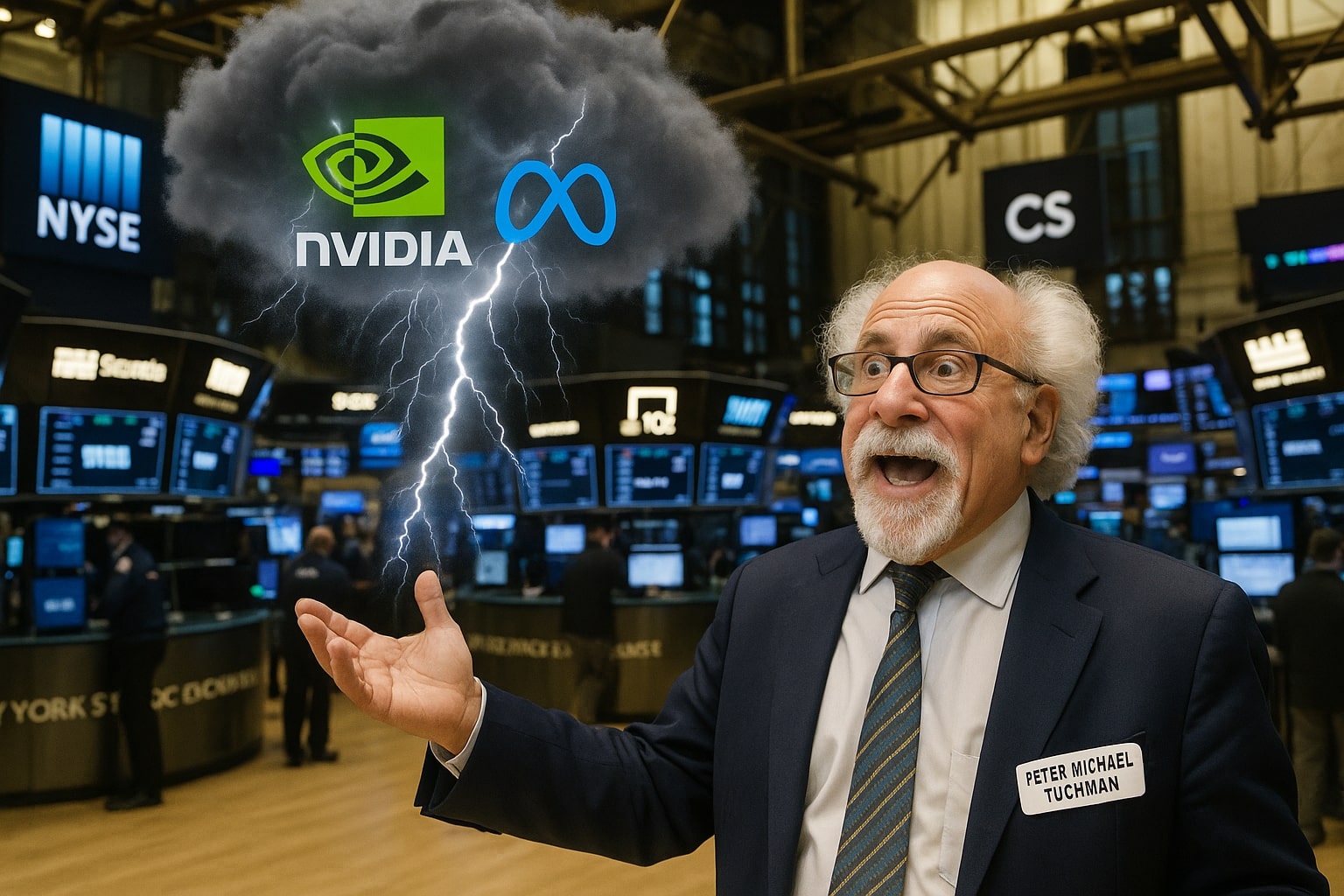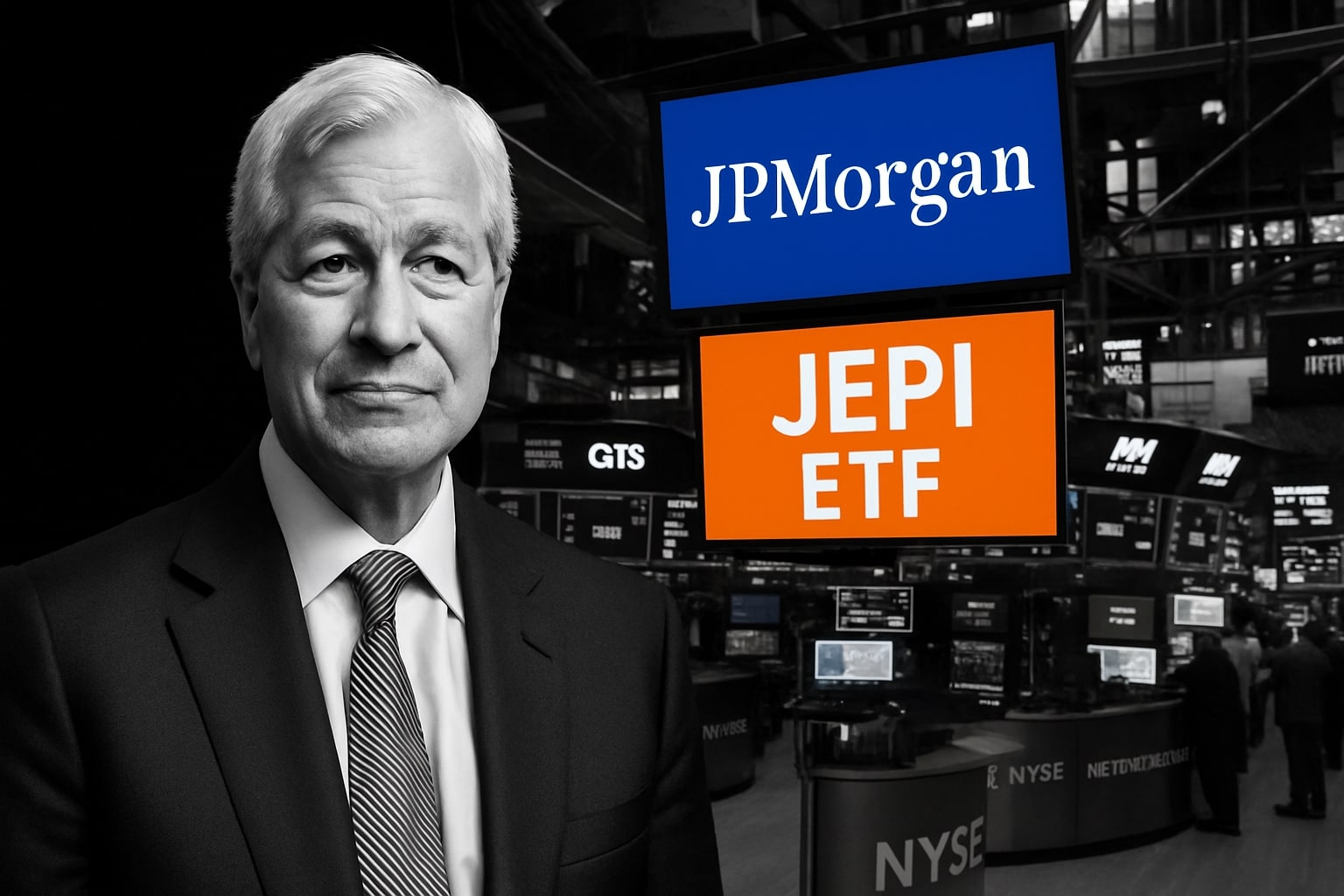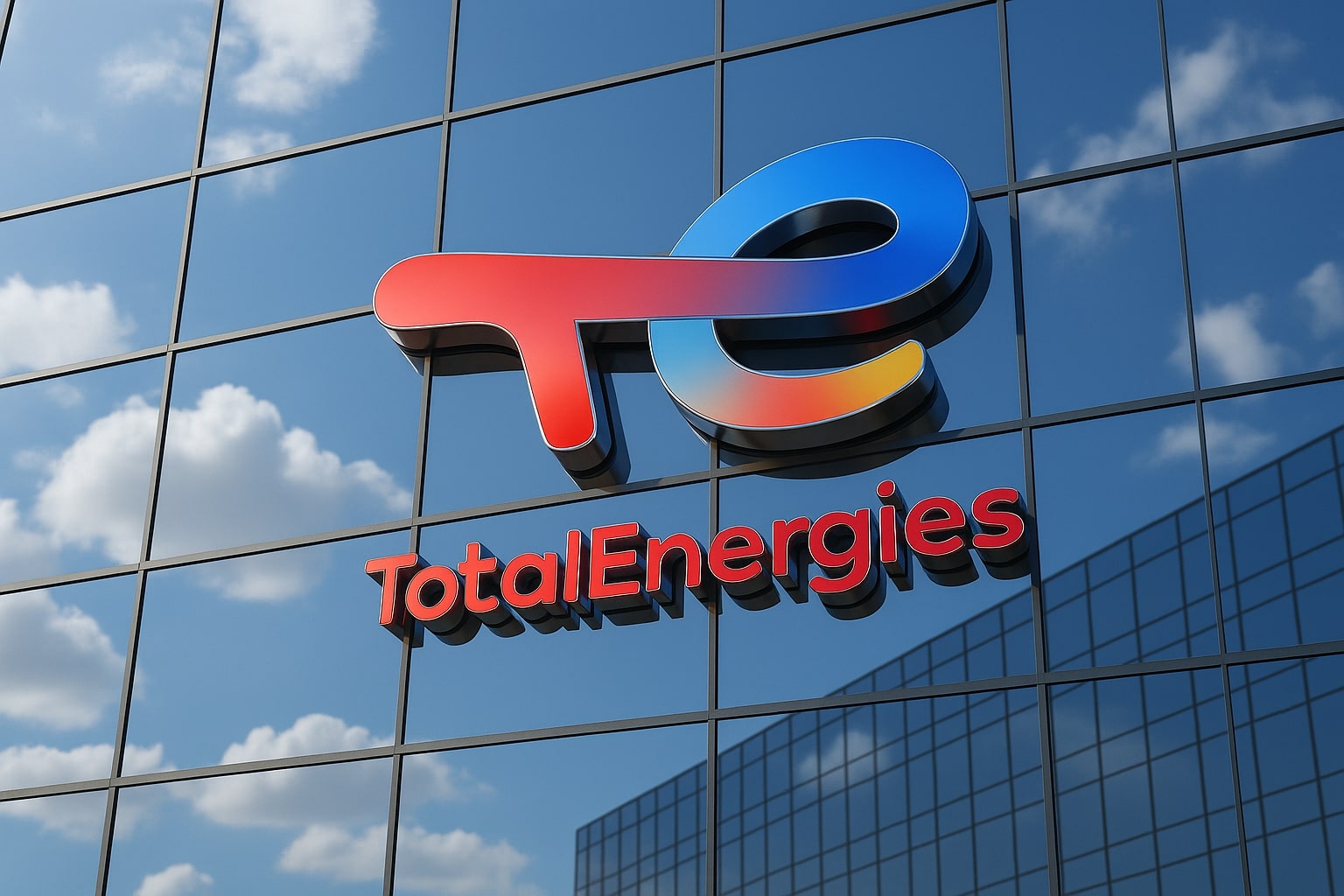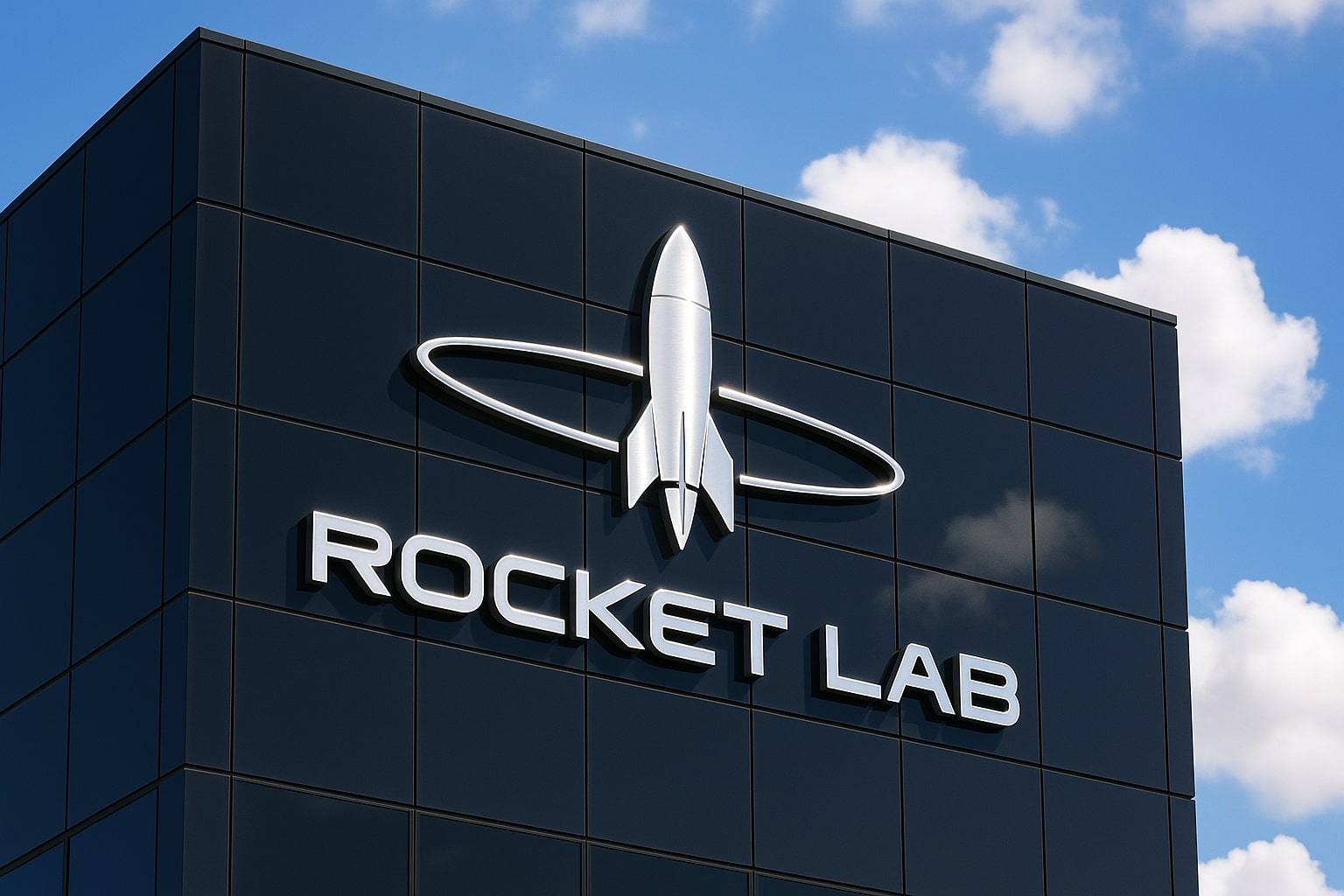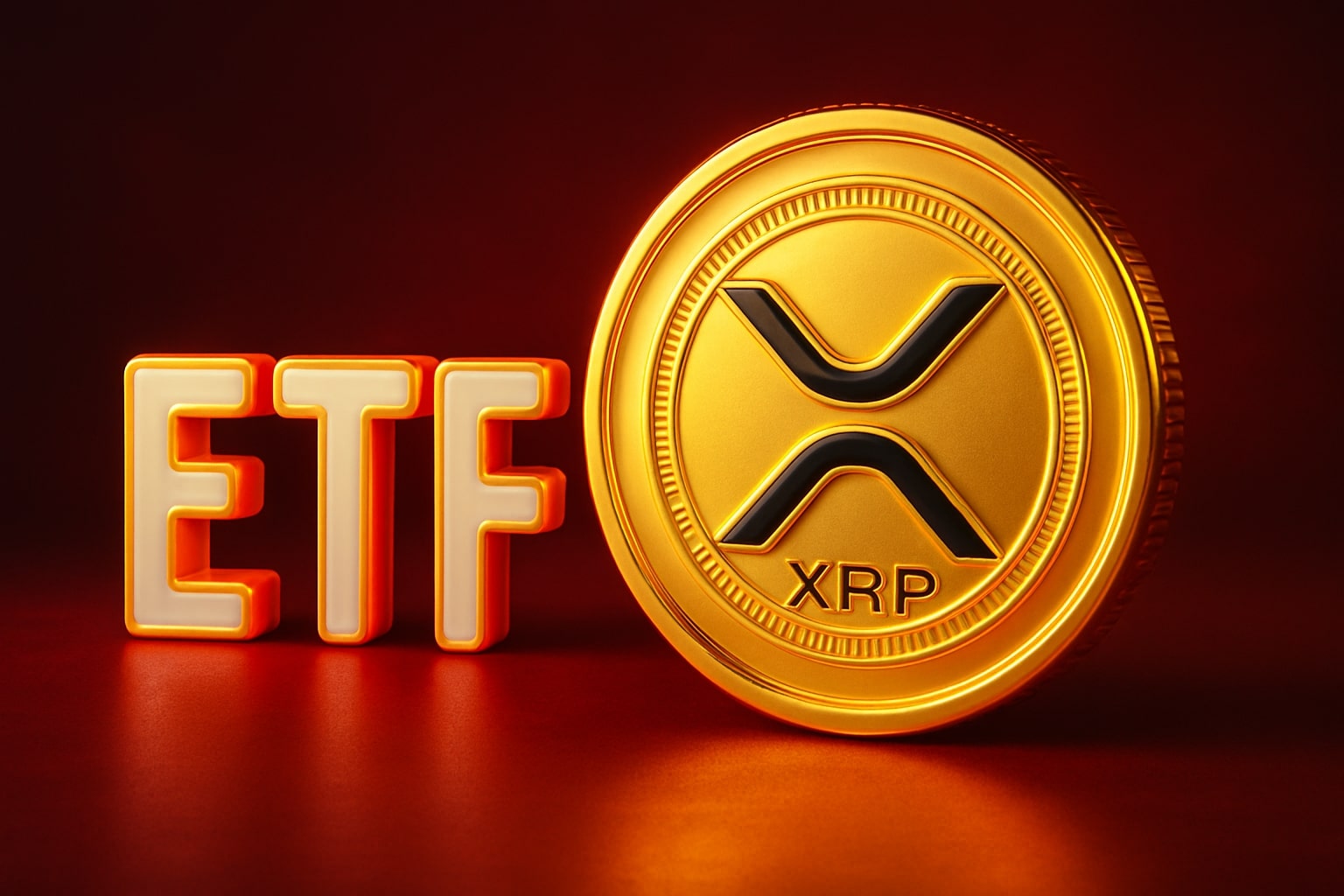S&P 500 (^GSPC) Faces Policy Drag Despite Resilient Earnings Momentum
The S&P 500 closed Monday at 5,935.94, posting a +0.41% gain, but futures are sliding modestly as macro policy headwinds gather steam. E-mini S&P futures (ES=F) slipped to 5,941.00, down 6.25 points (-0.11%), reflecting investor caution following a sharp downgrade in global growth forecasts from the OECD. While equity strategists at Deutsche Bank lifted their 2025 year-end target to 6,550 from 6,150, citing easing earnings drag from tariffs, the economic data contradicts that optimism.
The OECD slashed its U.S. GDP forecast from 2.2% to 1.6% for 2025 and sees a further drop to 1.5% in 2026. These revisions highlight deep-seated concerns about the impact of Trump’s increasingly aggressive tariff regime on capital investment, corporate margins, and international trade flows. The shift is pushing many institutional investors back toward defensive positions, as reflected in the falling 10-year Treasury yield, which declined 3 bps to 4.428%, and a stronger WSJ Dollar Index, which rose to 95.54.
NASDAQ 100 (NQ=F) Stabilizes Near 21,530 as Mega-Cap AI Momentum Offsets Trade Friction
NASDAQ 100 futures (NQ=F) held ground at 21,532.75, down just 1.75 points (-0.01%), as Big Tech continues to dominate equity flows despite global turbulence. The index’s resilience stems from outperformance by the “Magnificent 7”—Nvidia (NVDA), Tesla (TSLA), Apple (AAPL), Microsoft (MSFT), Meta (META), Amazon (AMZN), and Alphabet (GOOGL)—which accounted for 62% of the S&P 500’s May rally.
Nvidia alone added over $500 billion in market cap in May, while Tesla surged 20% on the month. Apple, although the only one in the group to underperform the index, still posted marginal gains. Their combined earnings strength and AI infrastructure plays have become a magnet for global capital, especially as manufacturing data from both the U.S. and China deteriorates. China's Caixin PMI plunged to 48.3, its lowest since September 2022, driven by collapsing export orders tied to tariff pressure.
While macro risks remain elevated, capital rotation into Big Tech—especially names tied to AI infrastructure and cloud—continues to serve as ballast for the Nasdaq. The index has now outpaced the Dow by more than 10 percentage points YTD, and sentiment remains constructive as long as earnings deliver.
Dow Jones Industrial Average (YM=F) Underperforms on Industrial Exposure and Trade Pressure
E-mini Dow futures (YM=F) are under pressure, down 70 points (-0.17%) to 42,304.00, as the industrial-heavy index remains most exposed to the ongoing tariff battle between the U.S. and key trade partners. Trump’s latest move—doubling steel and aluminum tariffs to 50%—has drawn criticism from the EU and exacerbated concerns among Dow components reliant on global supply chains.
Companies like Boeing (BA) are particularly vulnerable. As the administration reportedly leans on Boeing as a “trade tool,” investor perception of the stock has shifted from industrial bellwether to geopolitical pawn. Meanwhile, hopes for a fiscal stimulus bill remain stalled in Congress, and earnings upside in traditional Dow constituents is increasingly constrained by rising input costs and policy uncertainty.
Despite this, the index still managed a +0.1% gain on Monday, though that move now appears more technical than fundamental. Unless clarity emerges on trade, the Dow could underperform both the S&P and Nasdaq in Q3.
Constellation Energy (CEG) Explodes Higher After Landmark Meta Deal
Constellation Energy (CEG) shares are rocketing, up +10.55% premarket to $346.50, following a major long-term power deal with Meta Platforms (META). Under the agreement, Meta will purchase 1.1 gigawatts of nuclear energy from Constellation’s Clinton Clean Energy Center in Illinois beginning in June 2027. The announcement is significant not only for Constellation, but for the broader clean energy and AI infrastructure narrative.
Meta is effectively replacing state subsidies—set to expire in mid-2027—with private capital to ensure the facility remains operational. Though the financial terms were not disclosed, the companies stated the deal would “back billions” in plant investment, representing one of the most substantial private-sector commitments to nuclear energy in U.S. history.
This is Meta’s latest PPA, following similar energy sourcing moves by Google, Amazon, and Microsoft, as hyperscalers prepare for AI workloads that demand high, stable energy throughput. Constellation’s stock has now risen over 50% YTD, and this deal further de-risks its revenue profile for the next two decades.
Dollar General (DG) Smashes Expectations With Strong Q1 Beat, Surges Over 9%
Dollar General (DG) is surging +9.16% premarket to $105.99 after delivering a major earnings beat and raising its full-year sales guidance. The company reported Q1 EPS of $1.78 on $10.44 billion in revenue, well ahead of analyst estimates of $1.48 EPS and $10.31 billion in sales.
The beat is being driven by strong traffic and higher transaction values, particularly among price-sensitive shoppers. DG is aggressively remodeling existing stores rather than expanding its footprint, a strategy that’s paying off as it cuts costs while preserving customer reach. The company also noted that it expects tariff levels to remain steady through mid-August, providing stability in cost forecasts.
DG has become a bellwether for consumer resilience at the lower-income end of the spectrum. Its performance reflects how inflation is still reshaping spending patterns, with discount retail thriving while traditional retailers struggle with margin compression.
Broadcom (AVGO) Poised for Upside Into Earnings as AI Momentum Builds
Broadcom (AVGO) is on the radar this week ahead of its earnings report. Citi upgraded its target by $66, bringing it to $276, and reiterated a Buy rating. AVGO is up over 7% YTD, outperforming both the S&P 500 and the VanEck Semiconductor ETF (SMH).
Analyst Christopher Danely expects Broadcom to beat consensus driven by its robust AI-related business. While its non-AI semiconductor segment remains ~40% below peak, the firm believes it is bottoming and will soon recover, helping to offset margin dilution from lower-priced AI chip contracts.
If AVGO delivers another beat-and-raise, it could trigger another leg higher, especially as fund managers look to diversify beyond NVDA within the AI stack.
Cybersecurity ETFs HACK and CIBR Hit Record Highs on Rotation Into Digital Defense
Amplify Cybersecurity ETF (HACK) closed at a record $83.18, up +1.64%, while First Trust NASDAQ Cybersecurity ETF (CIBR) also closed at a new all-time high. These moves were driven by strength in CrowdStrike (CRWD), Zscaler (ZS), and Rubrik, ahead of CRWD’s earnings release.
The AI boom is pushing corporations to upgrade cybersecurity infrastructure rapidly, and the rising threat environment globally is creating fresh tailwinds for digital defense firms. CrowdStrike is up 1.7%, Rubrik rose 4.6%, and Zscaler jumped 6.3%, lifting the ETFs to new highs.
OECD Outlook Slashes U.S. and Global Growth Forecasts, Pressures Fed
The OECD cut its 2025 and 2026 global growth estimates to 2.9%, down from 3%+, citing trade-related uncertainty. It sees the U.S. slowing sharply to 1.6% in 2025 and 1.5% in 2026, after growing 2.8% in 2024.
The report explicitly warns that Trump’s tariffs are damaging global investment sentiment and pushing inflation higher—thereby tying the Fed’s hands. With inflation remaining sticky, the probability of rate cuts this year continues to fall, especially if macro data fails to rebound.
Investors are now looking toward Friday’s non-farm payrolls report for signs of labor market weakening. Until then, the trade and inflation narrative remains dominant.
Crude Oil Rises on Iranian Geopolitics and Canadian Wildfires
WTI (CL=F) rose to $63.11, while Brent (BZ=F) jumped to $65.43, fueled by escalating tensions with Iran and wildfires disrupting Canadian output. The geopolitical premium is rising as Iran signals it will reject the latest U.S. nuclear proposal, while Canadian supply chains remain vulnerable to wildfire disruption.
OPEC+ has opted to maintain its output hike pace at 411,000 bpd into July, slightly below market expectations. The decision has been interpreted as supportive for crude prices in the near term, particularly with demand from India and China holding steady.
Both benchmarks are up nearly 3% over the past two sessions, with traders watching for further upside if tensions escalate.
Buy/Sell/Hold Ratings Across Key Tickers
-
S&P 500 (^GSPC) – Hold: Broad-based strength persists, but tariff and macro policy risks weigh on multiple sectors
-
NASDAQ 100 (NQ=F) – Buy: Tech and AI strength continue to drive capital rotation; Big Tech momentum remains intact
-
Dow Jones (YM=F) – Hold: Industrial exposure vulnerable to tariffs; underperforms without fiscal clarity
-
CEG (Constellation Energy) – Buy: Historic Meta deal provides 20-year revenue clarity and secures nuclear longevity
-
DG (Dollar General) – Buy: Operational strength and discount positioning ideal for inflation-heavy consumer environment
-
AVGO (Broadcom) – Buy: Well-positioned for AI upcycle; next catalyst is Thursday’s earnings beat
-
SMH (Semiconductor ETF) – Buy: AVGO joins NVDA and AMD as core AI drivers within SMH holdings
-
BZ=F / CL=F (Brent/WTI Crude) – Hold: Near-term bullish, but long-term global demand questions persist
-
HACK / CIBR (Cyber ETFs) – Buy: Hitting all-time highs on institutional rotation; earnings strength validates trend














